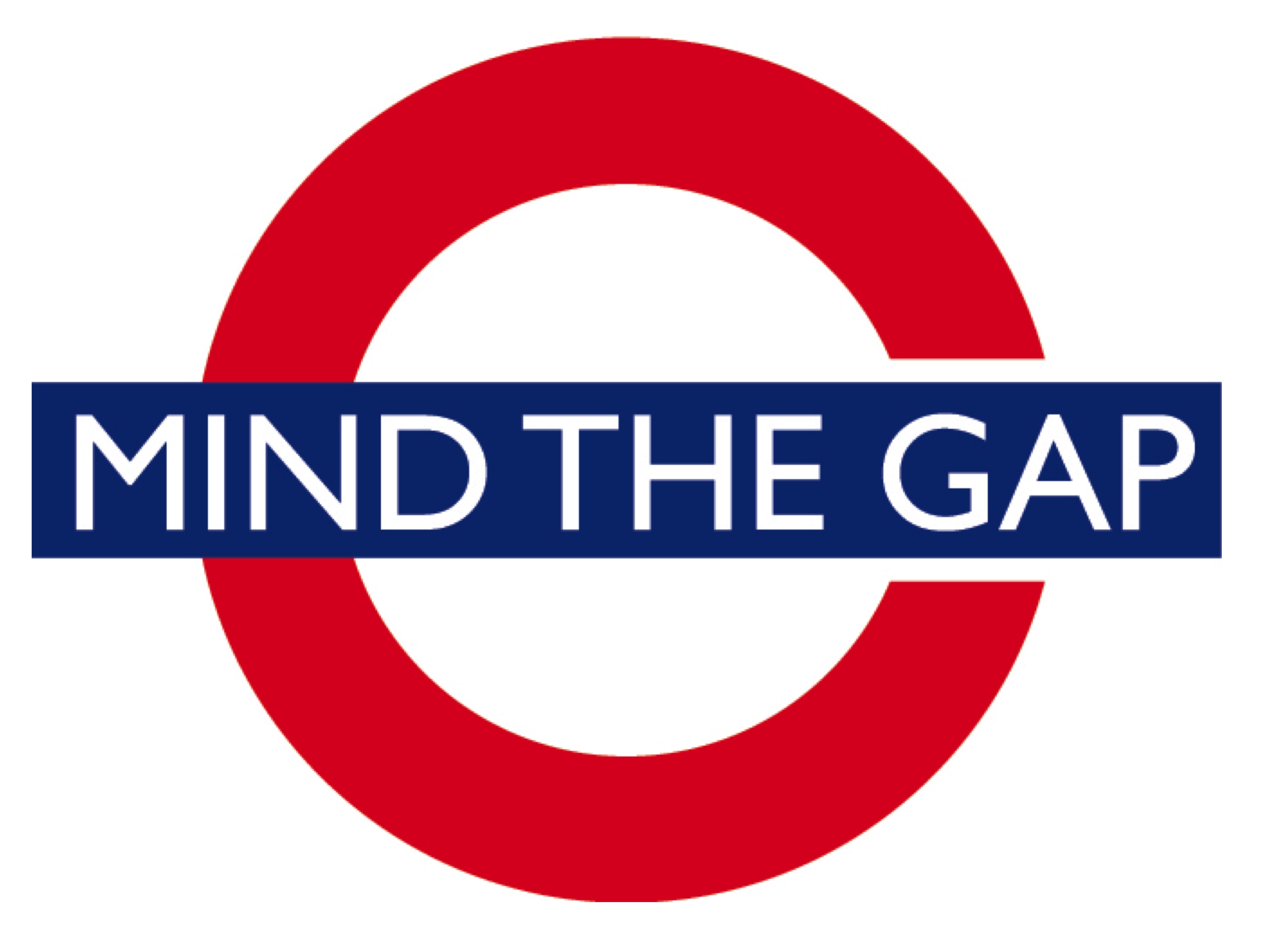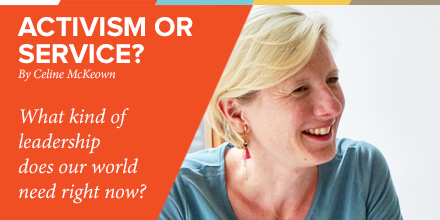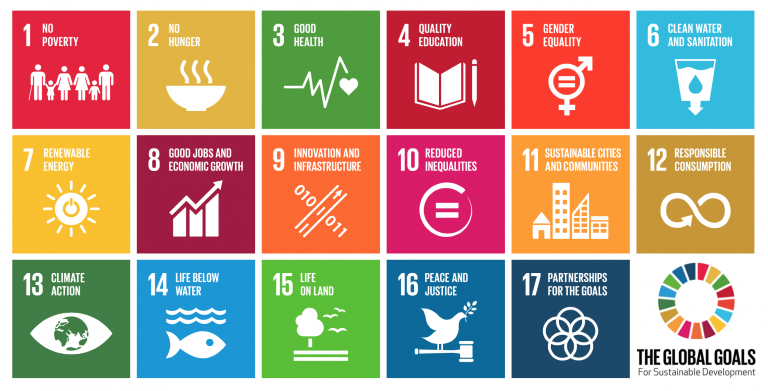Mind the Gap between Organisational Design and Sustainability
Why is embedding sustainability within an organisation still the ‘holy grail’ for many?
We hear many Sustainability managers bemoaning the fact that the day-to-day business managers within their organisation are not focussed on sustainability issues. It’s either not on their radar, they actively dismiss it, or they think it’s something that gets taken care of by people in the sustainability function.
We also witness Organisation Design or HR managers dealing with a workforce that is overwhelmed as a result of the constant demand to deliver more growth with less, in an increasingly complex and changing business environment, and with the same organisational structures & processes as in the past. Good managers are losing a sense of purpose in what they do and face burn-out. Retaining people as well as recruiting new generations into this context is a growing business challenge.
Organisations are failing to adapt fast enough to the great challenges of the 21st century.
For me, it’s always been a ‘no brainer’. It seems blatantly obvious (to me) that the people working on how to design an organisation and develop leaders, and the people working on the wider impact of the organisation in the world might have one or two ideas to share about how to make the organisation fit for the future.
Sustainability managers are challenged with how to engage employees with the sustainability agenda and OD & HR managers are challenged with how to create purposeful & meaningful workplaces and develop leadership capacity for a more complex & fast changing future environment. Spot the similarity?
A while ago I wrote about the quadruple bottom line; defining the fourth bottom-line as human, in addition to the financial, environmental and social bottom lines. The human element is about creating a meaningful internal work environment.
What’s the difference between a human and social bottom-line I hear you ask? The social bottom line is often related to issues around impact on neighbouring communities, or the safety or ethical employment record in the supply chain. A human bottom line looks at indicators such as a workplace that enables people to experience wholeness and includes connection to a wider purpose. The good news is that there’s a growing number of organisations who are exploring ways of building more soulful organisations, captured in the book ‘Reinventing Organisations’ by Frederic Laloux. Those organisations who move to the next-stage of organising have a natural tendency to be more sustainable.
Organisational Purpose as the key to unlocking Leadership challenges.
There is much talk about what is the future of leadership. The complex challenges of the 21st century call for a new collective leadership capacity: the ability to think, act and do from the widest possible perspective that we can embrace. Otto Scharmer describes this as key to the shift from ego-system to eco-system economies in his book Leading from the Emerging Future. I believe the world of Organisational Design and HR should look closer at sustainability as the key to unlocking some of their challenges. Connecting leaders to the wider sustainability agenda of the organisation and to their responsibility for the wider impact of their work, is an important part of any future leadership development activity.
So if you’re in Sustainability, grab a copy of Reinventing Organisations. And if you’re in Organisational Design or HR, grab a copy of Leading from the Emerging Future. Then grab a coffee together and start reconsidering the future in your organisation.





Leave a Reply